
One of the country’s premier surgeons knows that a commitment to precision makes for good doctors and pilots.
July 13, 2011
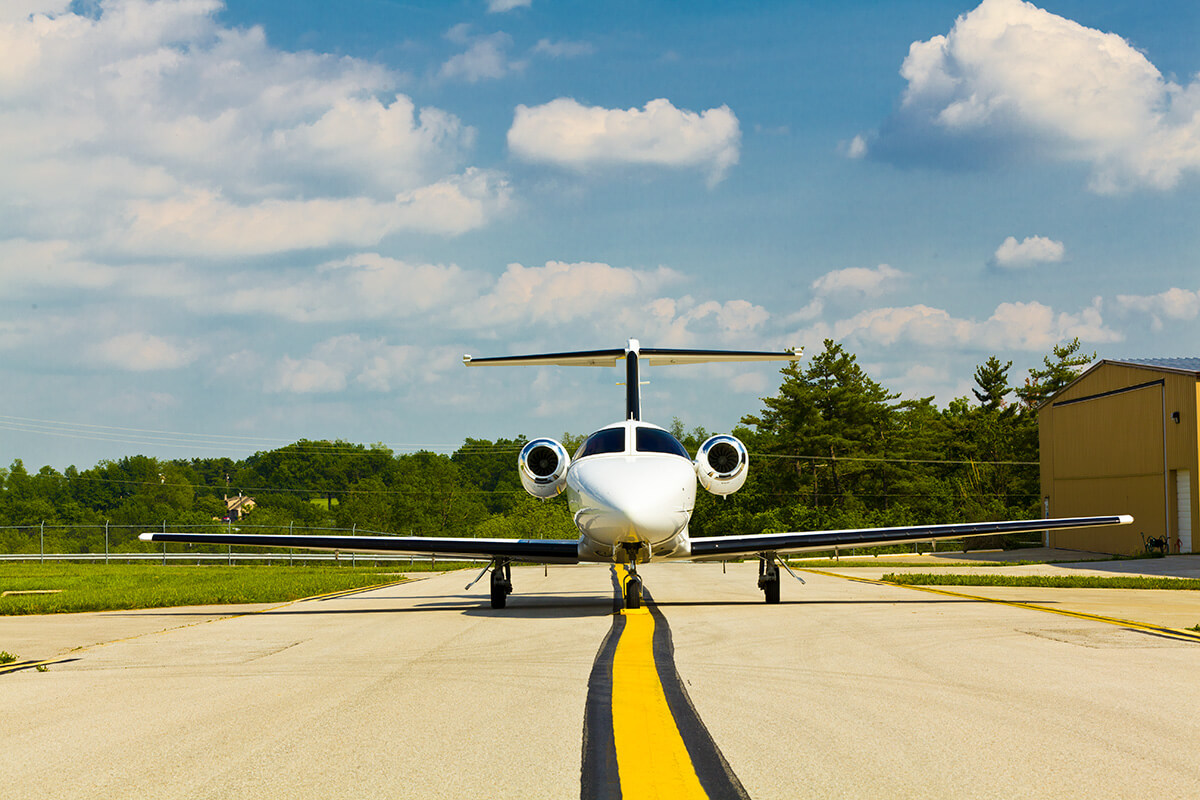
Pilots pride themselves on being prepared for virtually every in-flight contingency. But owner-operators, who must single-handedly manage all aspects of their aviation operation while simultaneously running their own business, can’t always anticipate every challenge they will face.
Such was the case with Dr. Lance S. Ferguson, an ophthalmologist and anterior segment surgeon from Lexington, KY who flies a Cessna Citation Mustang in support of his referral-only surgical practice and several other business ventures. About a decade ago, the Internal Revenue Service began an audit of Ferguson that would drag on for seven years.
Fortunately, the precision with which he flies and performs surgery extended to his record-keeping practices, and the organized and meticulous documentation he produced ultimately helped convince investigators that his use of business aviation was indeed legitimate.
Although the likelihood of an aircraft operator being audited is statistically low, “Operators must be prepared for a tax audit,” said Ferguson. “It’s a bona fide threat in that governments are looking for revenue. You must be able to document your aircraft use through comprehensive record keeping. In my case, it made all the difference.”
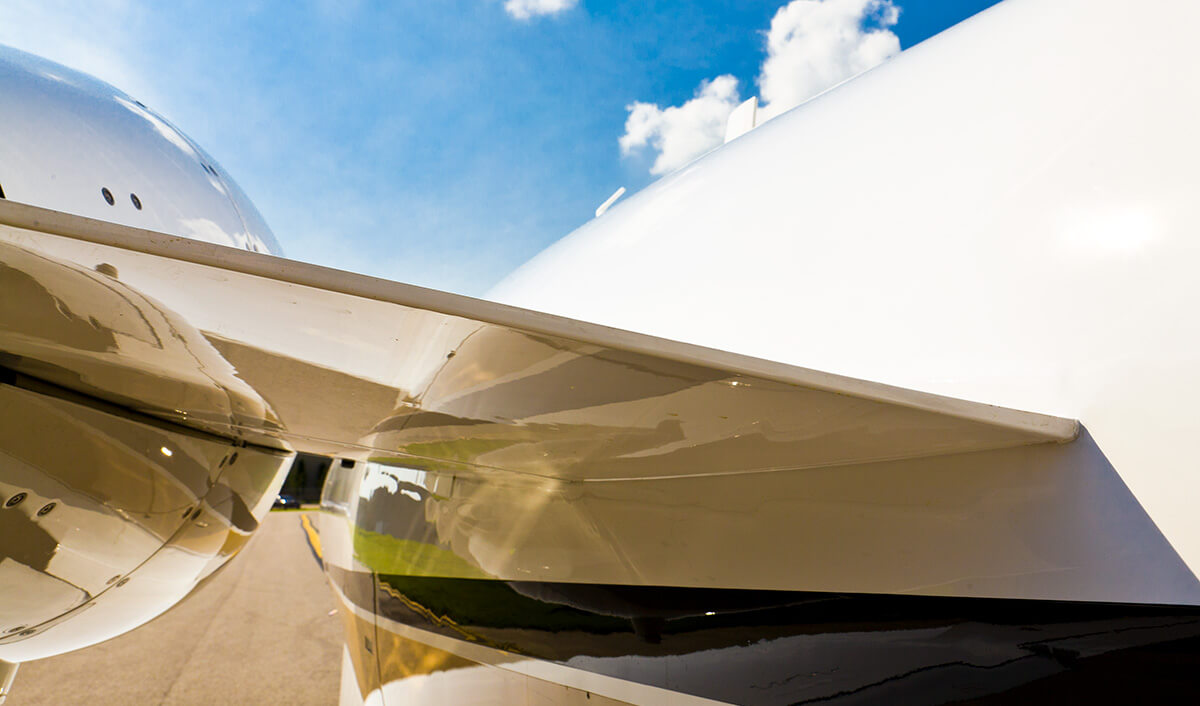
Flying to Establish, Maintain Relationships
Given that Ferguson performs thousands of surgical procedures a year, it’s no wonder he only flies about 180 hours annually. However, the trips he takes are important in helping maintain his medical practice, which he says is “predicated on developing trust and great relationships with primarycare practitioners.
“My referral-only surgical practice is based on personal relationships,” Ferguson explained, “and making the effort to go out to these doctors’ locales to meet them has been a competitive advantage in developing my practice. The unspoken message is: ‘You are important to me. I am going to make the effort to get there to see you.’”
“You have to make a commitment to doing paperwork – dotting the i’s and crossing the t’s – to be successful..”
Originally, Ferguson flew a Socata Trinidad piston single, and then moved up to a single-turboprop TBM 700 before acquiring his Mustang. Although the Trinidad met his basic needs, he obtained the TBM for turbine reliability, and ultimately acquired the Mustang for the security of a second engine and the ability to climb above weather. Those aircraft capabilities have been particularly important in supporting his out-of-state business interests, including real estate, a restaurant franchise and a clean-energy concern.
A typical flight in support of his medical practice has Ferguson finishing his last surgery of the day around 3 p.m. An hour later, he is at the local airport, ready to embark upon a half-hour flight to visit a doctor elsewhere in Kentucky. A member of that doctor’s staff picks up Ferguson at the destination airport and drives him to his medical office. After setting up his audio-visual equipment, Ferguson begins his presentation around 5:30. By 7 p.m. he is back in the airplane, returning home by 7:30.
“Fatigue is just as much an issue for a surgeon as it is for a pilot,” noted Ferguson, who said it would not be feasible for him to drive three hours one way to make a business meeting. But if I can do it by flying 30 or 40 minutes, it’s much easier on me. I am rested and ready to go the next day.”
Ferguson also uses his airplane to support his business in other ways: traveling for observation of new surgical techniques, evaluation of new surgical technology and – most importantly, from a competitive standpoint – for international travel to train in new procedures not yet approved by the Food and Drug Administration.
He also flies himself to meetings of the American College of Eye Surgeons and the Wilderness Medicine Society. Additionally, he was recently part of a humanitarian mission to the Dominican Republic, where he performed procedures and helped transfer skills to local doctors. “With my schedule, I would never be able to do any of this without general aviation.”
Despite his packed itinerary, Ferguson sets aside a few hours each week to process paperwork. “You have to make a commitment to doing paperwork – dotting the i’s and crossing the t’s – to be successful.”
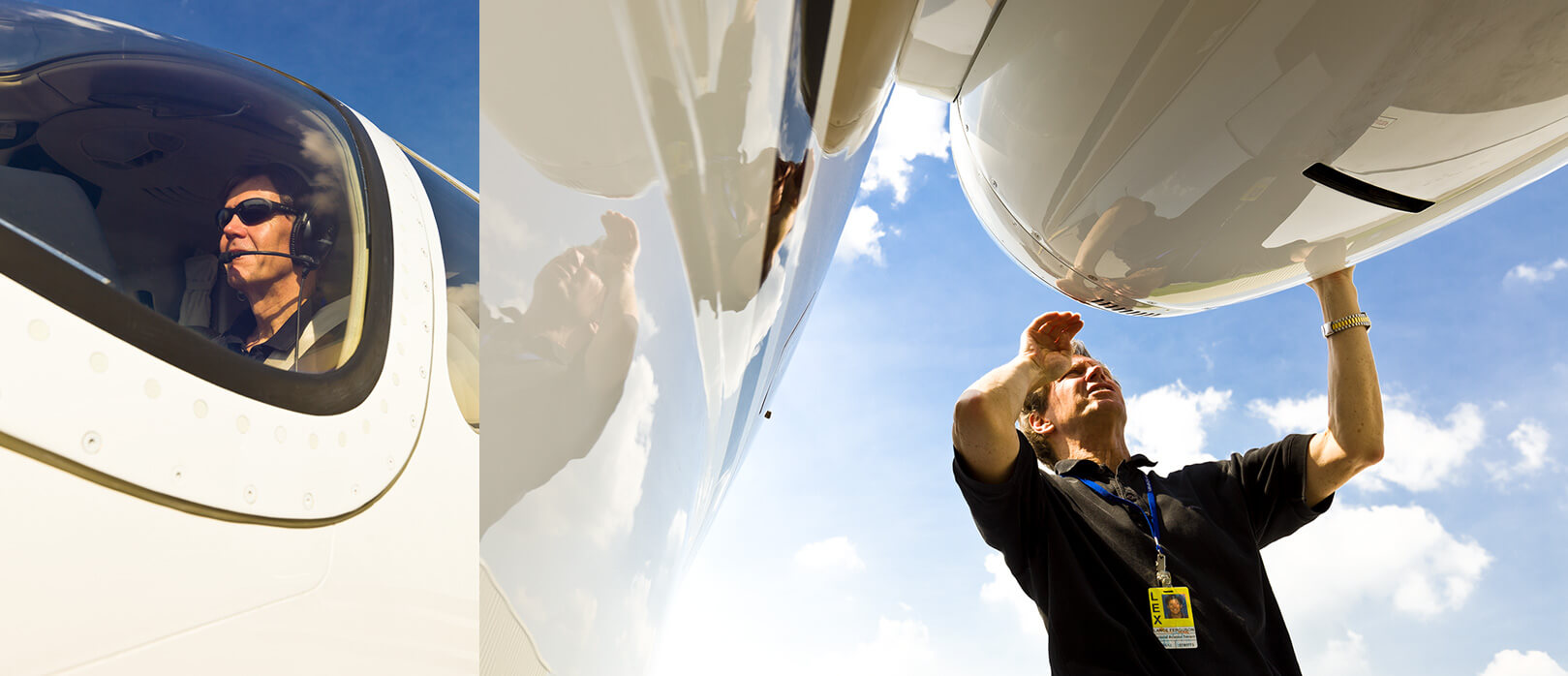
Striving for Excellence
Ferguson believes that good doctors and good pilots share the same traits. “I strive for the same excellence in the cockpit as I do in the operating room. Flight training is a discipline that improves my skills as a surgeon. Both take practice and commitment.”
To ensure he operates safely, Ferguson takes training courses online and is involved with the Citation Jet Pilots Association and NBAA Citation 500 Technical Subcommittee. Perhaps most importantly, he has established basic operating parameters for himself. “Owner-operators need to be very frank with themselves,” declared Ferguson. “With a healthy dose of humility, they need to continually assess their ‘go/no-go’ criteria.”
Ferguson believes owner-operators can safely determine these parameters in simulators. “I was in a sim every quarter for the first two years I had the Mustang. Regularly training under challenging scenarios reduces the pucker factor when you encounter them in the real cockpit.”
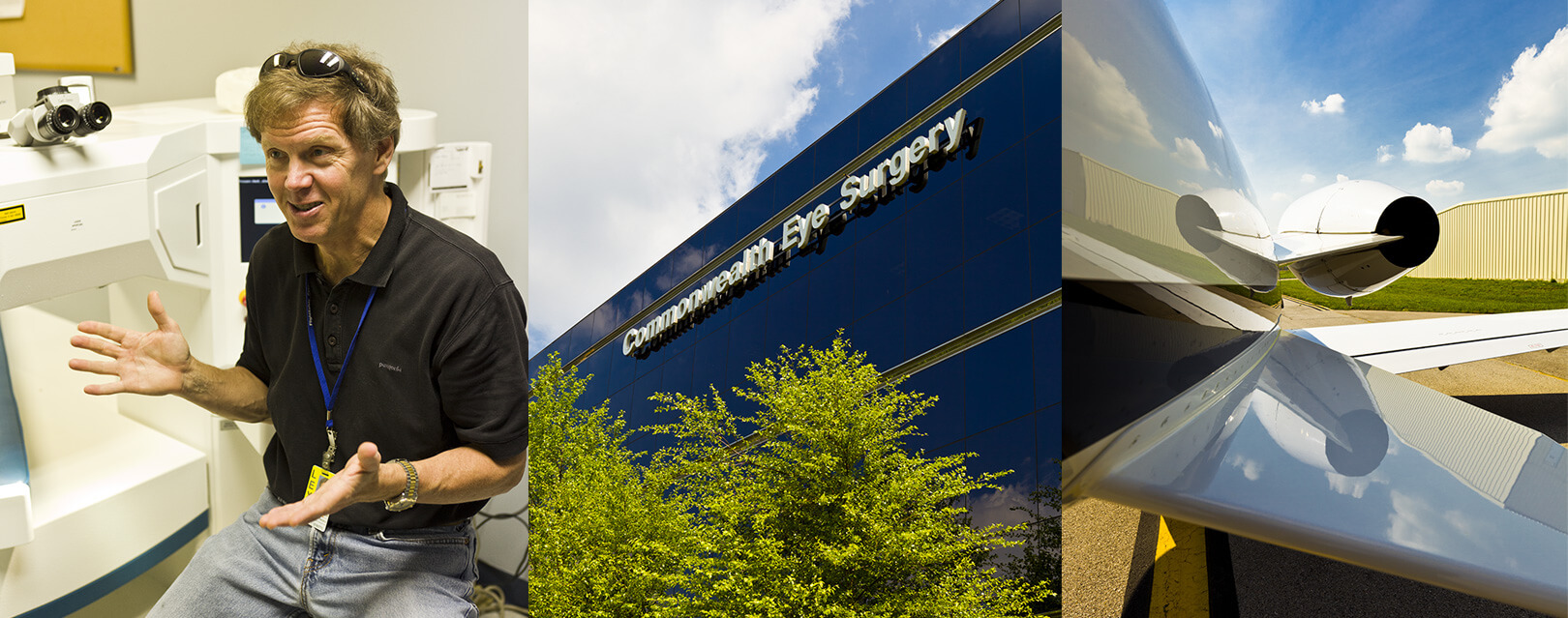
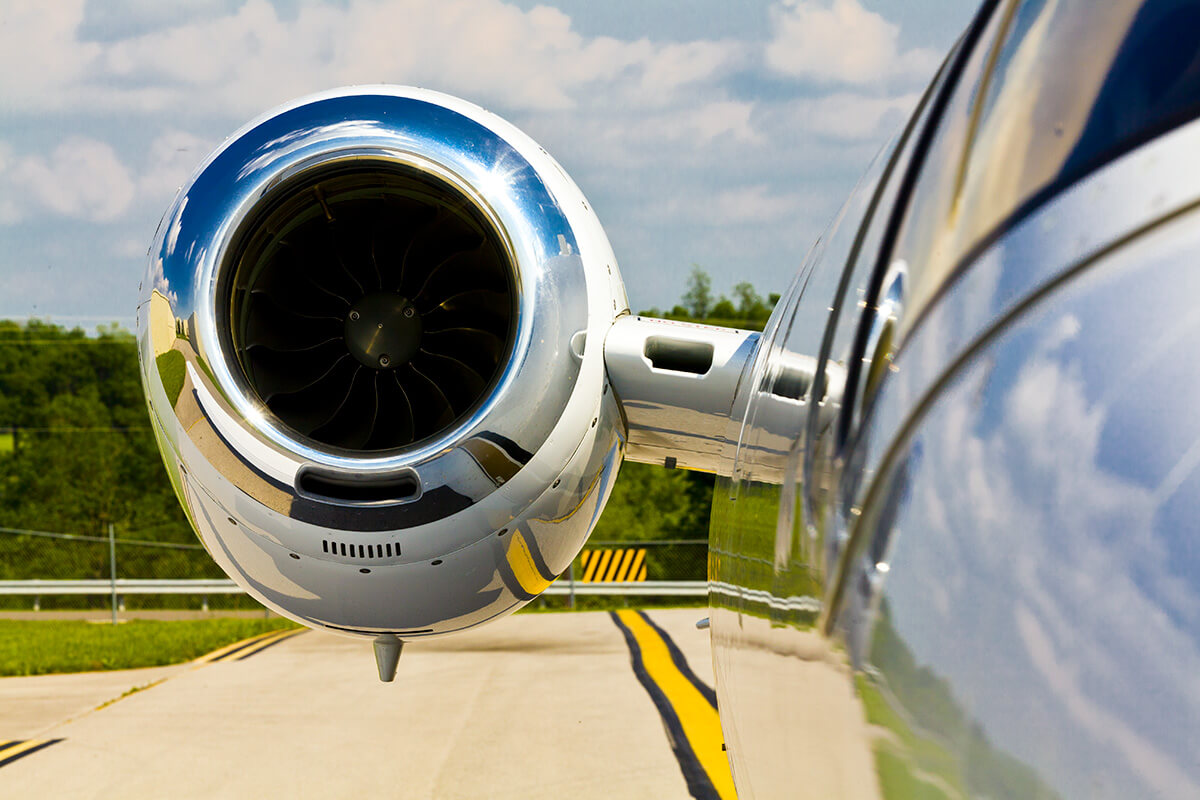
SNAPSHOT: FERGUSON
Aircraft:
Cessna Citation Mustang
Challenge:
Managing all aspects of an aviation operation while simultaneously running several businesses and a successful eye-surgery practice
Solution:
Meticulous record keeping, managing fatigue and regular simulator training


 International Business Aviation Council Ltd.
International Business Aviation Council Ltd.